A recent trip to Cuba with a local organization, the Mobile Havana Society, is recounted by Desi Tobias.
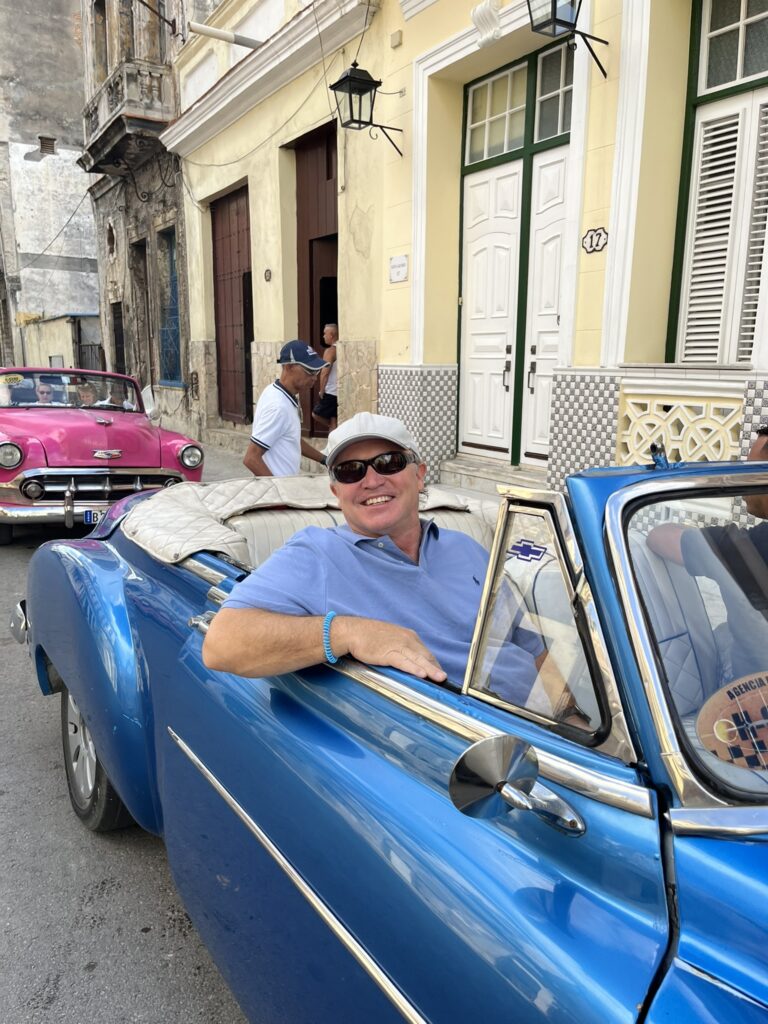
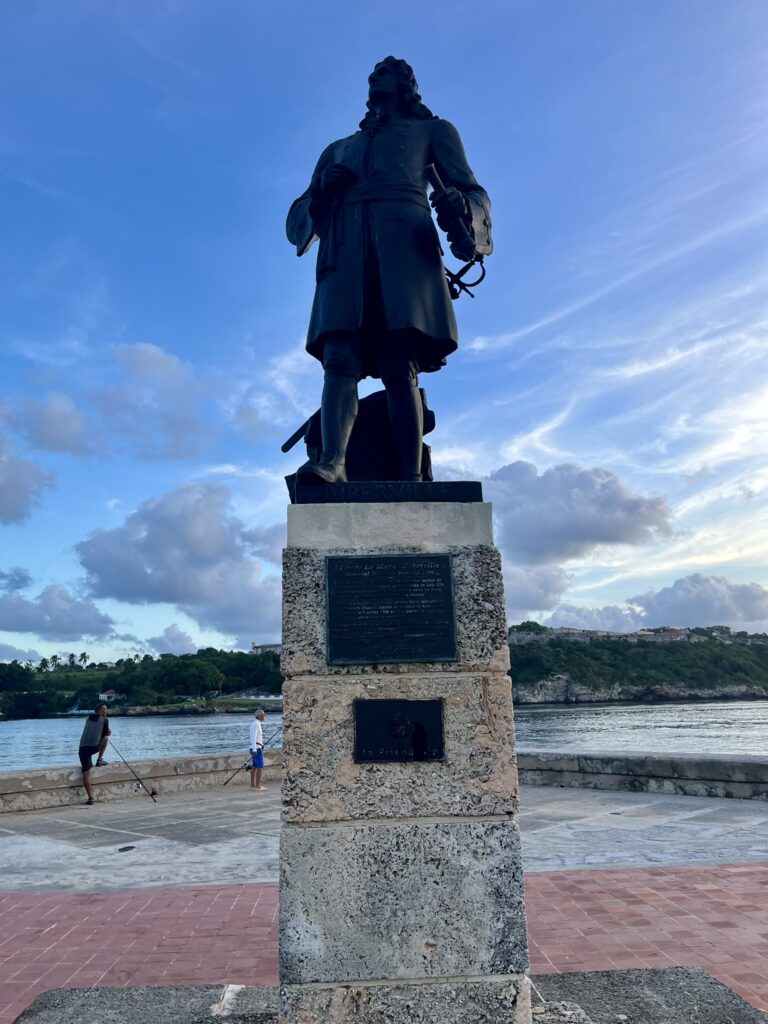
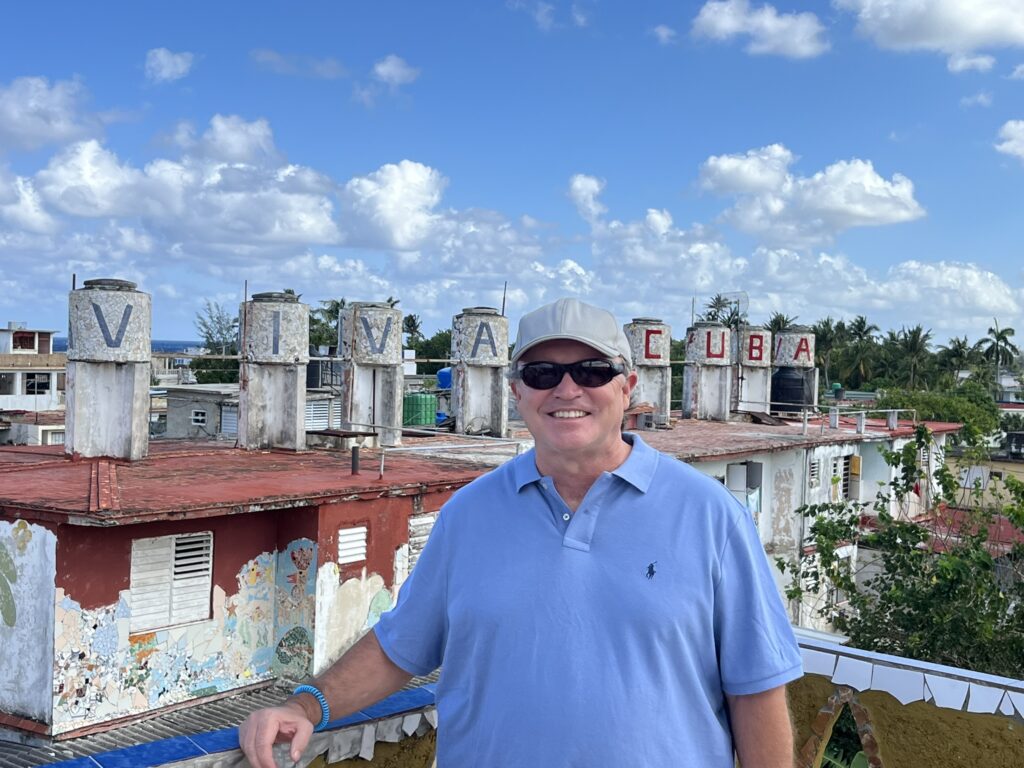
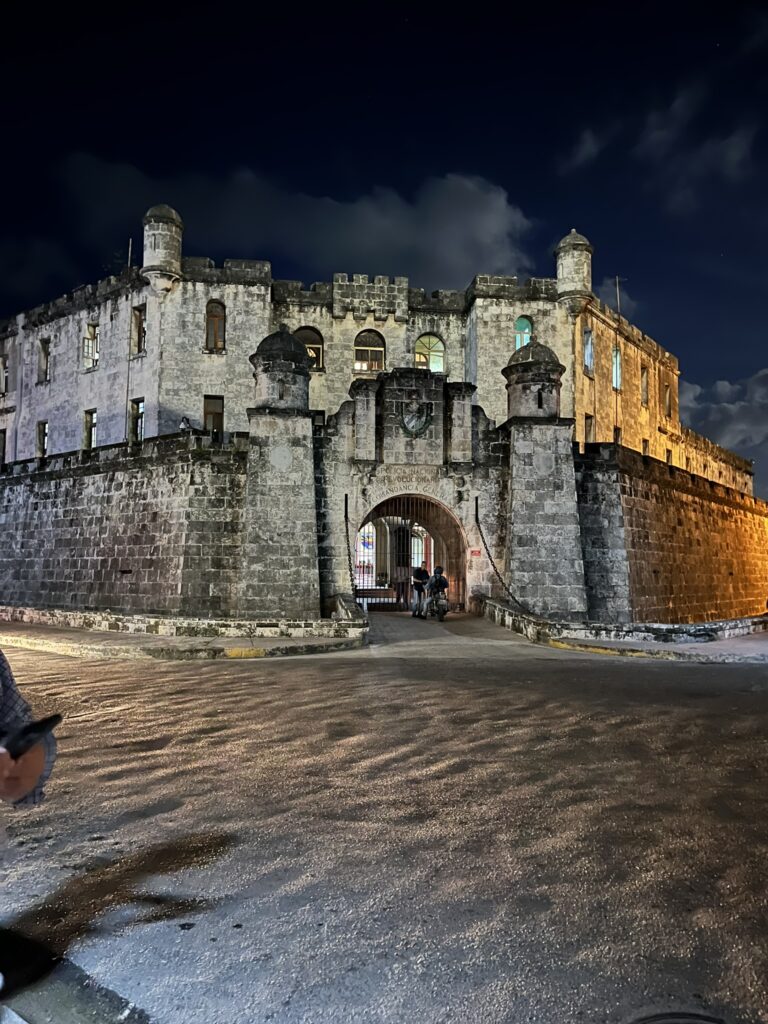
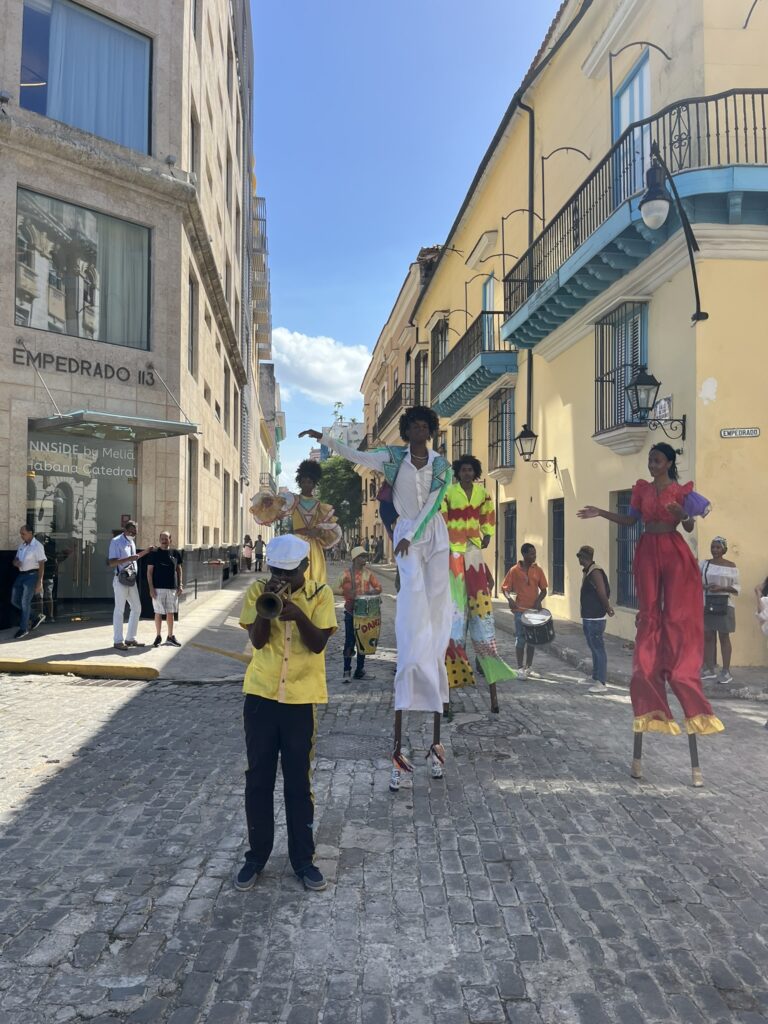
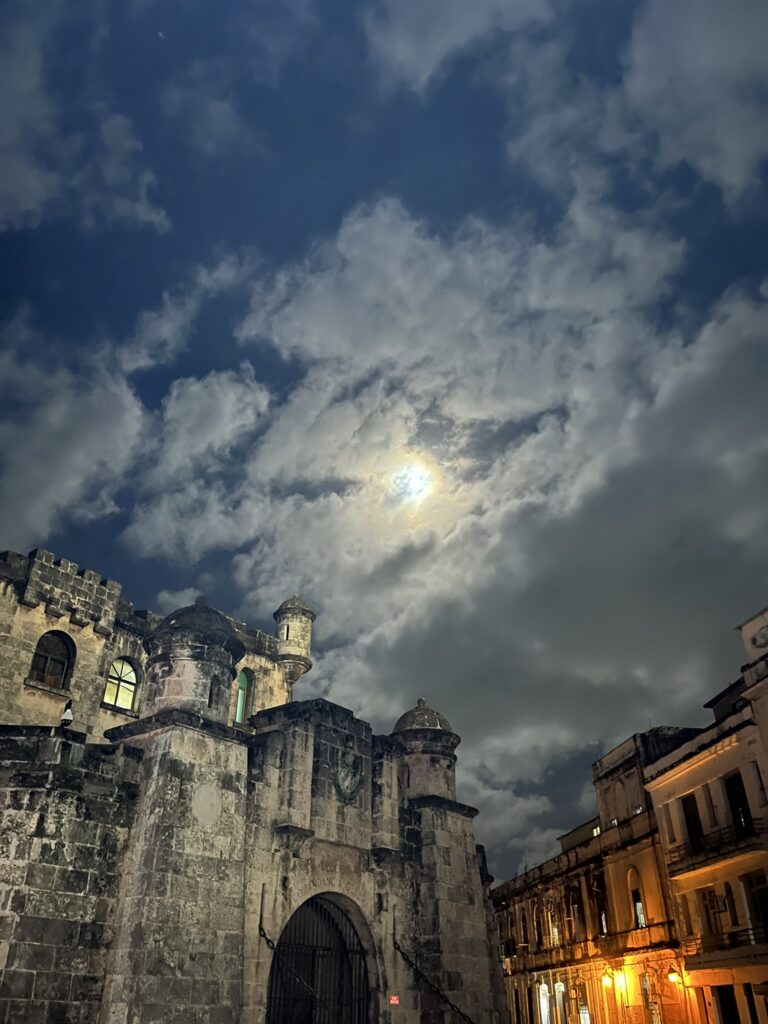
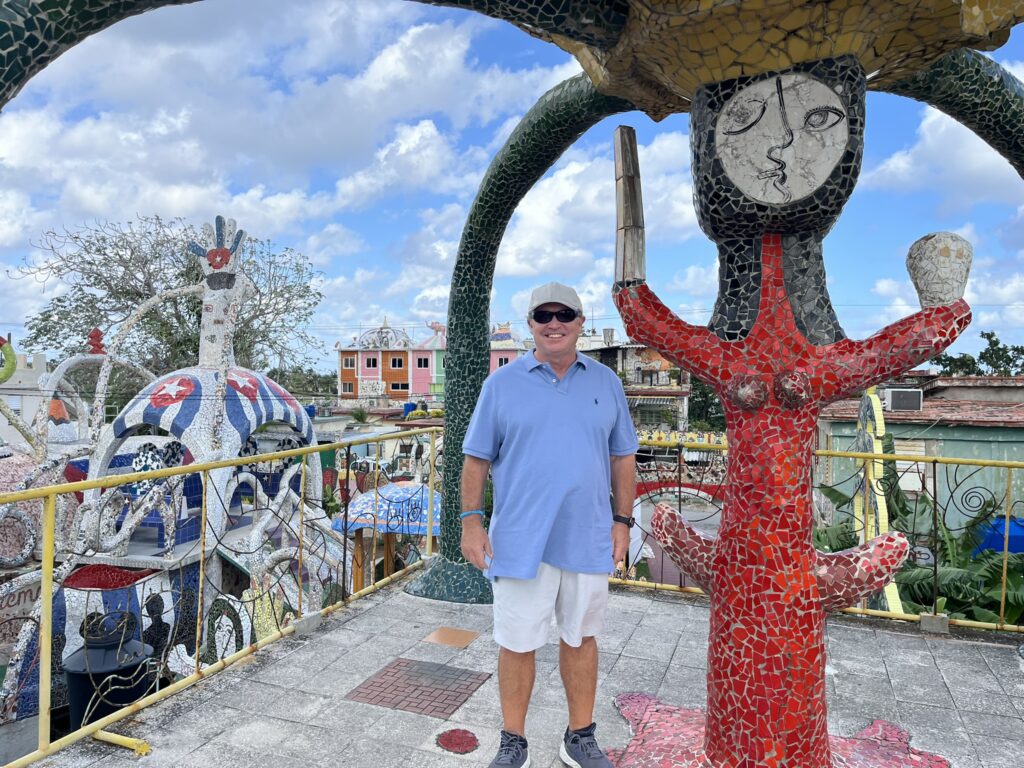
Cuba has always been a source of fascination. My mind often replays scenes from Godfather II depicting American mobsters chased from Havana by Cuban revolutionaries on New Year’s Eve 1959 or Al Pacino at the Tropicana. I think of Ernest Hemingway fighting marlins from the stern of his beloved El Pilar in the Gulf Stream which flows a mile off the Cuban coast or writing at his desk with his window open to a lush tropical scene. I spent a year in Miami in 1989 practicing law with the Florida Attorney General, listening to Cuban Americans speak about their relatives at home and learning about their cuisine. My sense was that Cuba is a fascinating place but what was it really like? I hoped the trip would provide some answers.
A special part of the trip was our group of fellow travelers, including writers John Sledge and Roy Hoffman. I had read and admired their work for many years, including Mobile and Havana: Sisters Across the Gulf, a new book written by John Sledge and others, which is an account of the historic linkages between the two port cities. I knew that a trip to Cuba with them would be rewarding and enriching. The group also included attorney Grey Reddit, the President for many years of the Mobile Havana Society. The group was led from Mobile by Maria Mendez, a Cuban native now living in Mobile, who had returned to her homeland many times. Everyone on the trip was interesting and all from the Mobile area, including bookstore owners, Spanish teachers, attorneys, contractors, and everyone brought something unique to the trip and our many conversations over meals or on the bus.
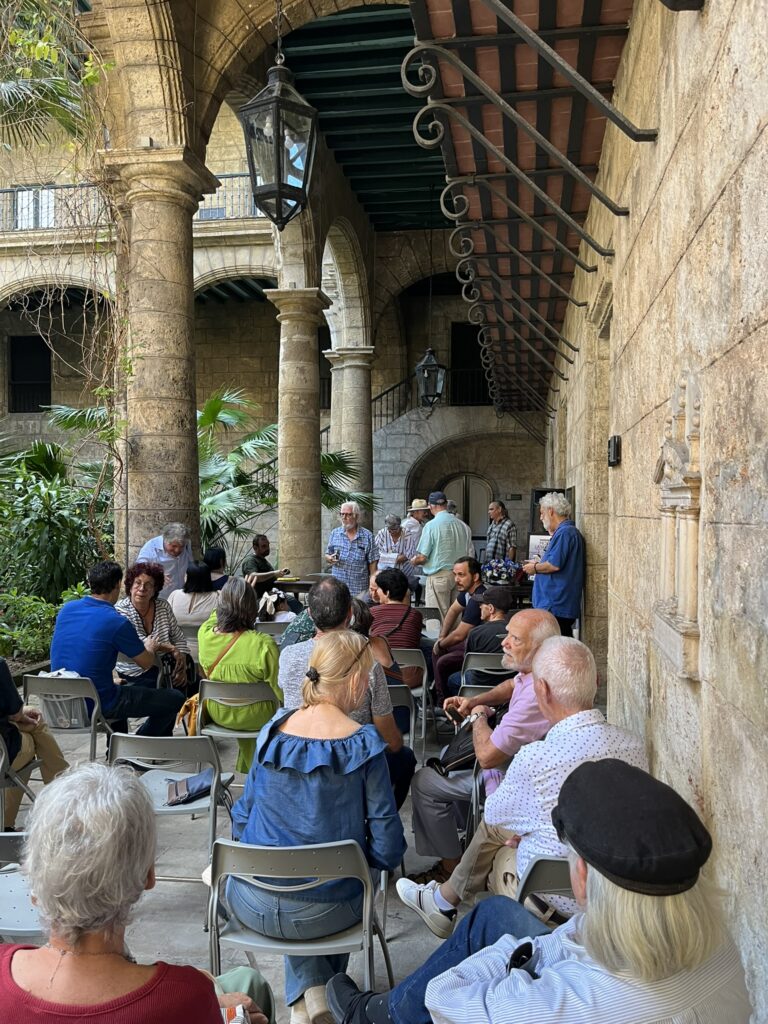
The trip to Vinales in western Cuba was particularly memorable. Vinales is geographically fascinating, featuring tall, rounded hills rising abruptly from the flat green valley floor, like objects in a surreal painting. Vinales gave us glimpses of rural Cuban life – small open-air houses with two rooms or less, oxen pulling wagons over narrow and winding pot hole strewn roads, elementary school children in immaculate uniforms running up to the front porch to greet their mother. But the dilapidation of the physical structures belied a sophistication inherent in the well-educated Cuban people. Vinales was also home to the internationally renowned artist Ramon Vasquez, whose home and studio we visited. Vasquez could be anywhere in the world, but he chose to return to Vinales, the apparent source of inspiration for his paintings which often bore a similarity to the rounded hills of the region.
Another highlight was our trip to Finca Vigia, the home of Ernest Hemingway from 1939 to 1960. The home sits on a hill looking down over downtown Havana, it retains original pieces, including Hemingway’s books, artifacts, and furniture. The bathroom featured an area on the wall above the scale on which Hemingway recorded his daily weight. The lush 20-acre grounds also had his fishing boat, El Pilar, where Hemingway spent years of his life chasing various adventures.
The Cuban people were friendly, humorous and sincere, even though signs of extreme poverty were everywhere. Buildings were dimly lit or dark, laundry hung from lines stretching across wrought iron balconies, and people sat sweating in humid air. There were no grocery stores or department stores, bottled water was scarce, there were no over the counter medications and the few open gas stations had long lines.
We learned that the US trade embargo with Cuba has had devastating consequences on the Cuban economy. Nothing can be brought from Cuba to the US, not even artisanal cigars or a bottle of rum. Since the fall of the Soviet Union, Cuba has lacked a hard currency, and thus most official transactions are in the wildly fluctuating Cuban peso. This makes the value of a paycheck or government ration change several times daily. The electrical grid is failing, and power is inconsistent outside areas frequented by tourists which generate their own power. Havana has many beautiful buildings which sorely need repair. We saw many empty spaces on blocks where buildings had crumbled. Will the country soon reach a point of no return?
But amidst these conditions survive the proud and talented Cuban people. The best kept buildings on any block were the schools. Education is a priority, and many people have advanced college degrees. The children seemed happy, often playing in the streets and they were polite. Our excellent Cuban tour guide told us that Cubans value human life, which was apparent from what I observed. The Cubans value the arts. There were outdoor concerts with classical music in the beautiful and restored Old Town area of Havana. Cubans are proud of their ballet and opera. It is part of their popular culture. The Cubans who remain are there by choice, they love their culture and heritage.
The biggest thing I took from the trip is that the Cuba situation warrants a serious discussion about the changes that can be made to improve the relationship between Cuba and the United States. There is so much history underlying the current relationship and my concern is not about who is right or wrong. There appears to be a cultural disagreement about what constitutes a good life, which is often hard to reconcile, but there is so much potential in an improved U.S. Cuba relationship that stands to benefit both countries. We can’t be separated from Cuba, by either physical location, history, or family relationships. There is much there that binds us. It is my hope that the immediate future brings frank discussions and the hard choices that can often come with them so that positive change can be achieved.
